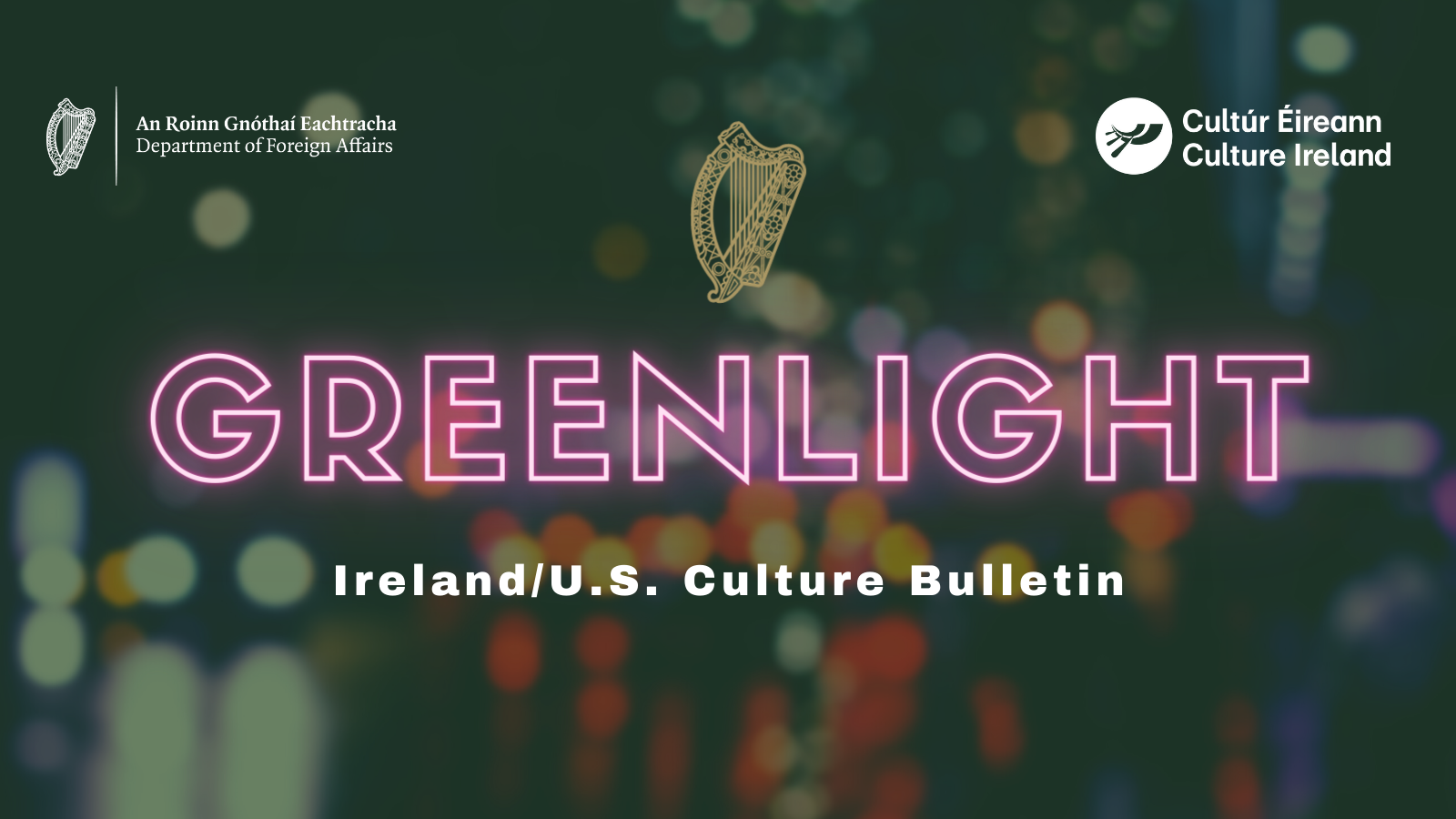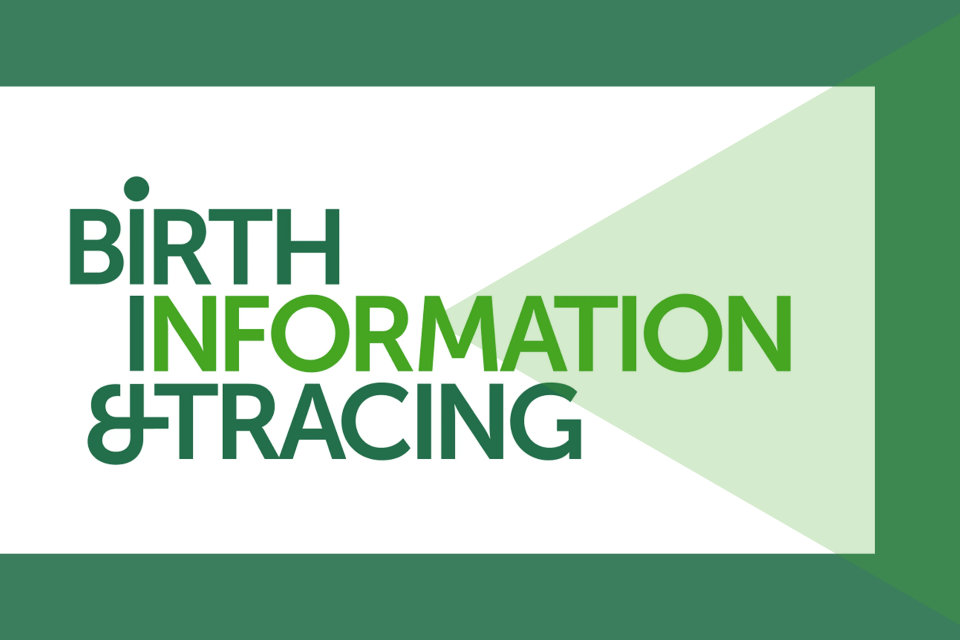Consulate General of Ireland explores Irish Death Traditions and Oíche Shamhna
Blog
29 October 2021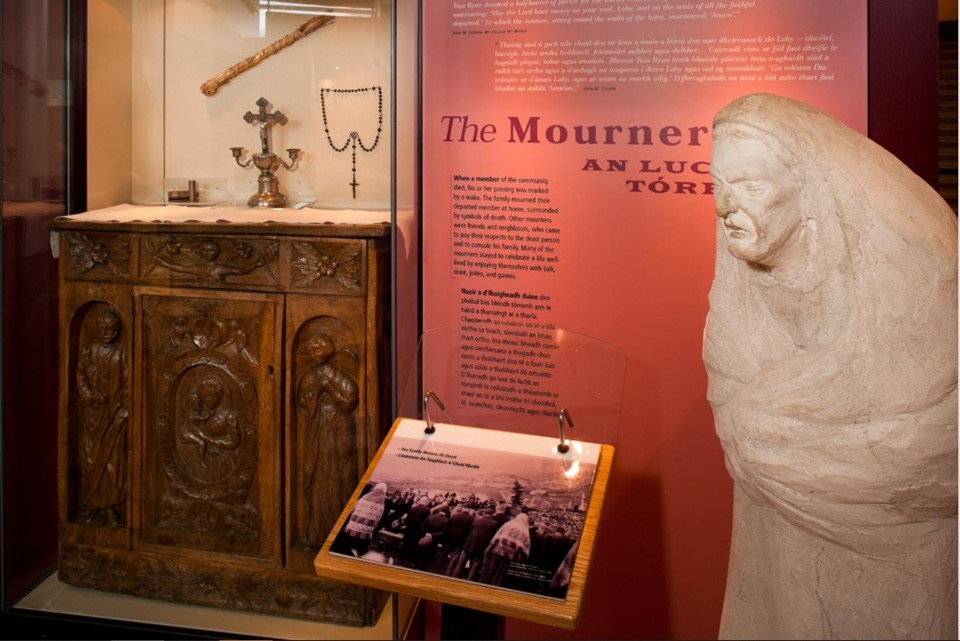
'The Mourner' Exhibit at National Museum of Ireland Country Life in Mayo
On Friday October 22nd the Consulate General of Ireland San Francisco hosted Clodagh Doyle of the National Museum of Ireland-Country Life and Dr. Catherine Flynn of UC Berkeley for a virtual event on "Samhain: the Winter Festival and Irish Death Traditions." The recording from the event is available on our YouTube page.
We were thrilled to be joined by so many people from all over the world- including Alaska, Washington, California, Ohio, Pennsylvania, New York, Dublin, Sligo, Mayo, Cork, Kerry, London, Germany, Bulgaria, Australia and many more! Many people shared stories in the chat messaging about particular traditions that were of interest to them or how they remember their loved ones who had passed.
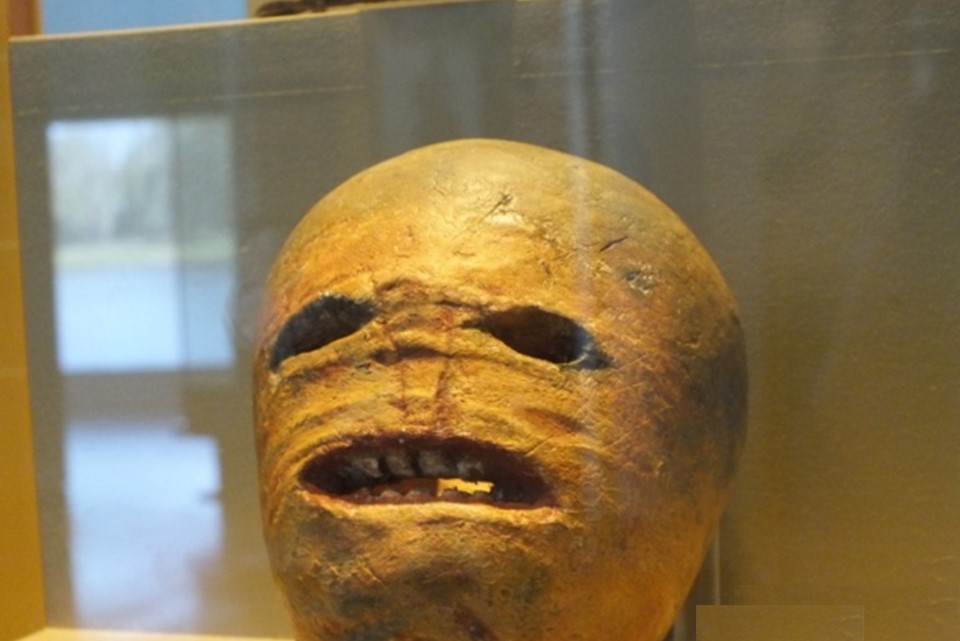
Clodagh began by briefly introducing us to Samhain (sow-en) and Oíche Shamhna (ee-ha how-nah) in Ireland. Clodagh has previously given a more detailed presentation on Samhain at the Mayo Dark Skies festival that can be found here. Samhain marks the Celtic New Year and the start of the dark half of the year from November through May. During Samhain there’s a focus on the dead returning and being more in tune with the supernatural world- and it's actually a great time to predict the future. Pictured above is a turnip head that was carved on Samhian to ward off evil spirits. When the Irish emigrated to the U.S. they would carve pumpkins as turnips were difficult to find.
Clodagh and Catherine examined some unique Irish death traditions such as the traditional Irish wake, keening, pisoegs or Irish superstitions, as well as the effects of COVID-19 on funeral traditions in Ireland.
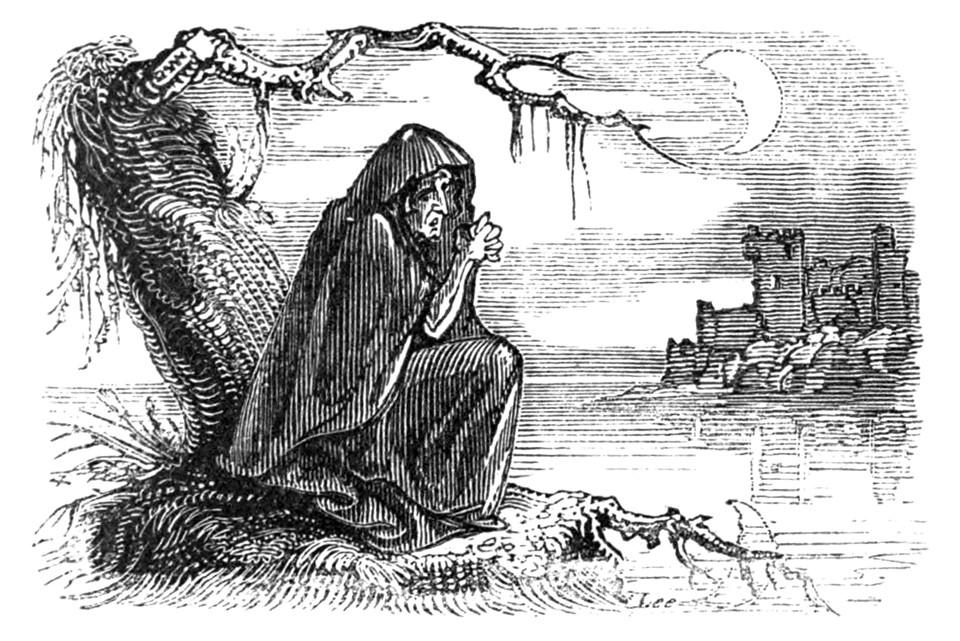
Starting with some signs that might foretell death; seeing a banshee woman combing her long grey hair, if a swan flew over a house, hearing an owl in daytime, a knock 3 times at the door and there’s nobody there, smelling roses when there are none around, and perhaps the most well-known of the Robin bird coming into the house. All of these were considered signs that meant a death would occur in the house or of someone you know.
Moving onto when a death has occurred, typically the clocks were stopped at the time of death and the mirrors were either turned around or covered with a cloth for fear that the soul might get distracted on their way out of the house. The curtains were drawn- but the window closest to the body would be left open so that the soul could escape easily. Clodagh also noted that if you kept bees it was very important to tell the bees that there had been a death otherwise it was thought that the bees would leave.
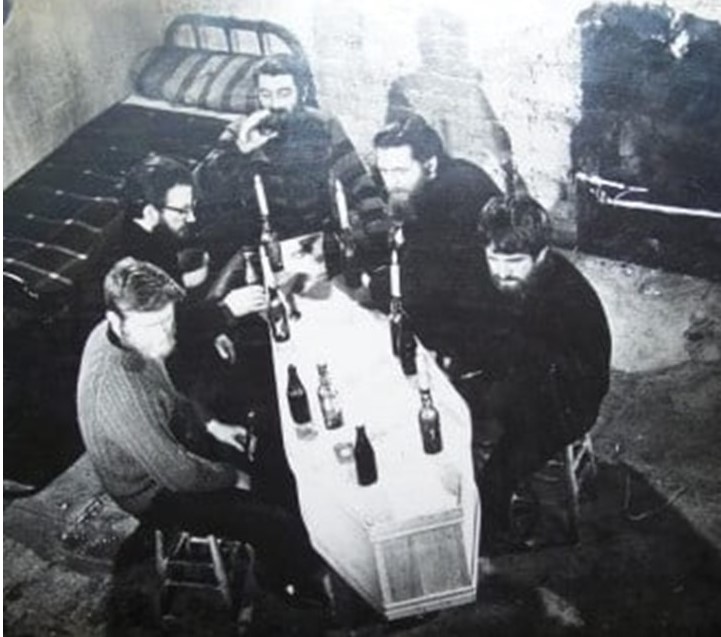
Clodagh explained how Irish wakes are a show of strength in the community coming together to help a family grieve. There was a myth that the wake tradition first came to Ireland as a result of frequent lead poisoning by drinkers of stout from pewter tankards (drinkware) that left drinkers in a catatonic state resembling death- so mourners were required to keep a watchful eye on the corpse in case they’d made a terrible mistake.
If the wake was for an adult who lived a long life then it was more of a celebration of life, proven by the historical tradition of ‘wake games’ that could be considered quite crude- many not even written down according to our expert Clodagh. Some examples were matchmaking or mock marriages after the priest had left- matchmaking was typically done at wakes because once someone in the community died there was a practice of getting people together to replace that person and continue the community. There was also a strong element of prayer and keening at the wake with the Rosary being said many times throughout. There aren’t too many recordings of keening women as it was mostly a spontaneous oral performance ‘born out of a moment.’ Researchers would also described keening as ‘caoineadh’ because they didn’t have knowledge of the Irish language.

While the traditions varied, a recurring theme or goal was the importance of the community to help family grieve and keep life going on after person has passed. Often in Ireland a “great funeral” is measured by the amount of people who attend- which was restricted due to COVID-19. The loss of physical touch and gathering for funerals during COVID had an enormous impact on Irish death traditions- but also saw people finding new ways to come together in support of those grieving by lighting fires in the towns on the funeral journey, putting out GAA colours or standing outside along the funeral route.
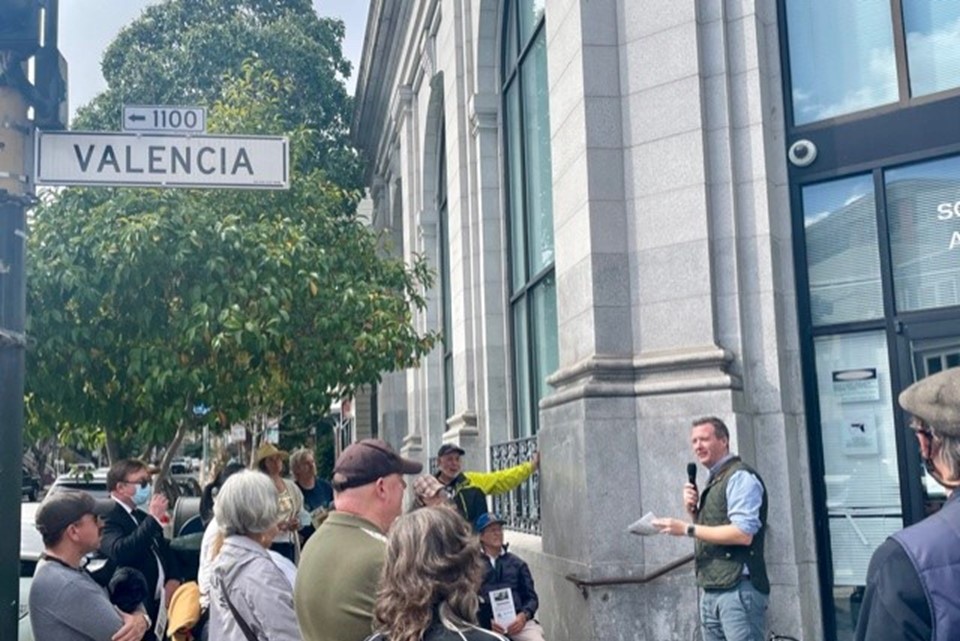
The following day we had a walking tour ‘Corridor to Colma’ with Shaping San Francisco and the United Irish Cultural Center that explored the history of Irish owned funeral homes in the San Francisco mission. The tour also explored the Irish impact on transit in San Francisco, and the cemetery street cars, often driven by Irish conductors, which ferried the dead from funeral homes lining Valencia Street to their final resting place in Colma. The funeral homes of the post-quake Mission added an element of architectural grandeur to the place, and are still in use as nightclubs (The Chapel), a place to play miniature golf (Urban Putt) or get your knife sharpened (The Knife Shop). Pictured above is Consul General Robert O'Driscoll giving a brieft history at the Old Hibernia Bank on Valencia street.
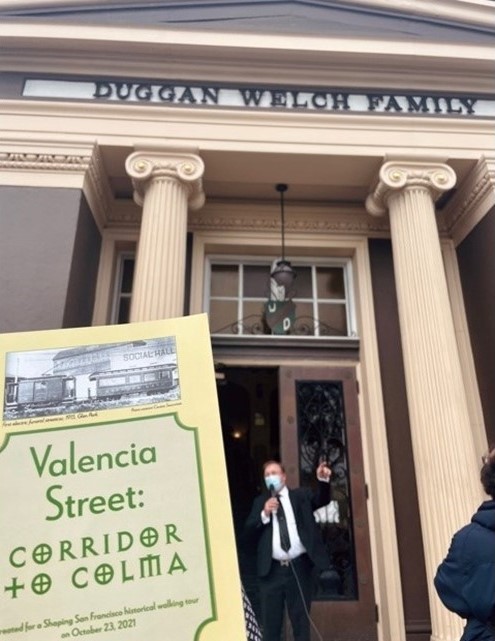
Concluding at Duggan’s Funeral Home, Steve Welch briefed the tour about his family’s history of Duggan’s and pointed out some subtle Irish elements in the architecture of the building including; iron shamrocks on their front doors, small shamrock bunches in the stained glass, and 4 sets of hurleys & sliotars in the stained glass walking through the hallway.
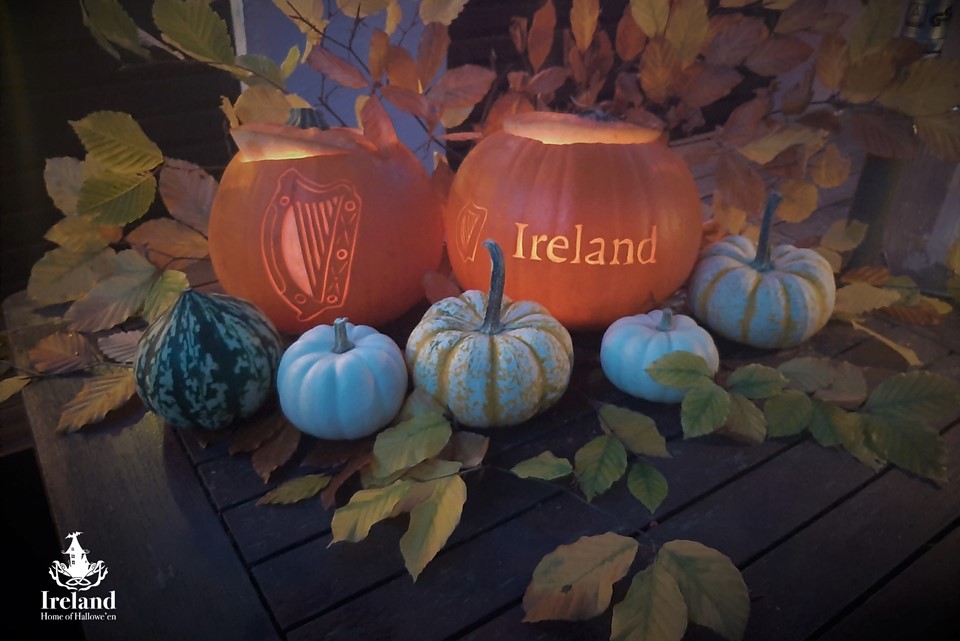
Ireland is the Home of Hallowe'en- with its roots stemming from Samhain over 3,000 years ago. Hallowe'en was also known as ghost night or spirit night and the souls of the dead were expected to return home. Evil spirits were also thought to be active and people avoided travelling alone on this night. The Celts celebrated Samhain to mark the start of winter with many rituals taking place- like bonfires to ward off demons, masks were worn to frighten any evil spirits, and children were given 'soul cakes' which evolved into trick-or-treating when the Irish emigrated to the US.



